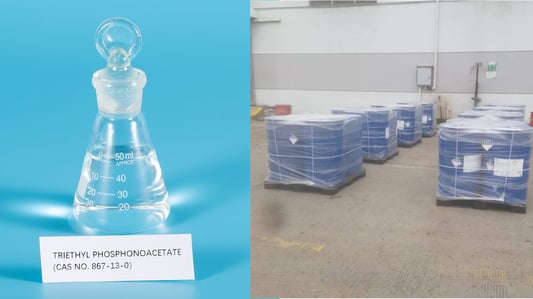Particle size distribution plays a crucial role in various industries, affecting product performance, stability, and quality. Tailoring Particle Size Distribution to specific requirements can improve the efficiency of processes and enhance the overall performance of products.Understanding Particle Size DistributionParticle size distribution refers to the spread of particle sizes in a sample, which can have a significant impact on product properties. By controlling the distribution of particle sizes, manufacturers can achieve desired characteristics such as better dispersibility, increased surface area, and improved flowability.Factors Influencing Particle Size DistributionSeveral factors can influence particle size distribution, including the method of particle synthesis, the properties of the raw materials, and the processing conditions. By closely monitoring and adjusting these factors, manufacturers can tailor the particle size distribution to meet specific requirements.Impact on Product PerformanceThe particle size distribution can directly affect the performance of products in various applications. For example, in pharmaceuticals, a narrow particle size distribution can enhance drug dissolution rates and bioavailability. In the food industry, it can improve the texture and mouthfeel of products.Enhancing Process EfficiencyBy optimizing particle size distribution, manufacturers can improve process efficiency and reduce production costs. For example, in the manufacturing of ceramics, a tailored particle size distribution can lead to better sintering behavior and reduced energy consumption during the firing process.Challenges in Tailoring Particle Size DistributionDespite the benefits of tailoring particle size distribution, there are challenges associated with achieving precise control. Factors such as agglomeration, attrition, and heterogeneous nucleation can complicate the process of controlling particle size distribution.Techniques for Tailoring Particle Size DistributionThere are several techniques available for tailoring particle size distribution, including milling, classification, spray drying, and precipitation. Each technique has its advantages and limitations, depending on the desired particle size range and distribution.Applications in Various IndustriesThe ability to tailor particle size distribution is valuable in a wide range of industries, including pharmaceuticals, cosmetics, food, ceramics, and coatings. By customizing particle size distribution, manufacturers can create products with enhanced properties and performance.Future Trends in Particle Size ControlAs technology advances, the possibilities for tailoring particle size distribution continue to expand. Nanotechnology, in particular, offers new opportunities for precise control over particle size and shape, opening up new possibilities for innovative products and materials.ConclusionTailoring particle size distribution is a critical aspect of product development in many industries. By understanding the importance of particle size distribution and utilizing appropriate techniques, manufacturers can optimize product performance, enhance process efficiency, and stay competitive in the market.Quote Inquirycontact us










